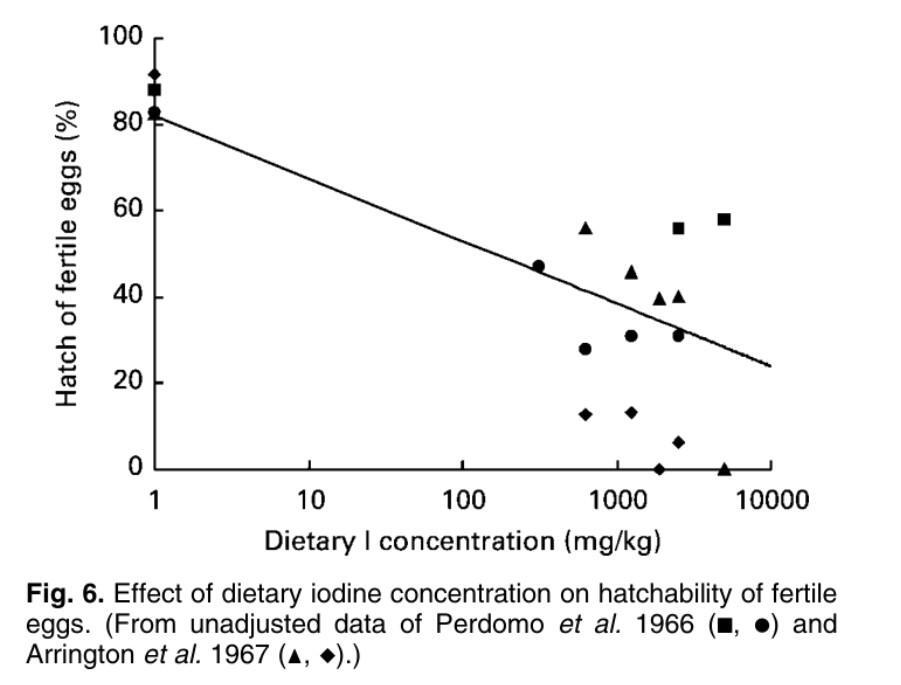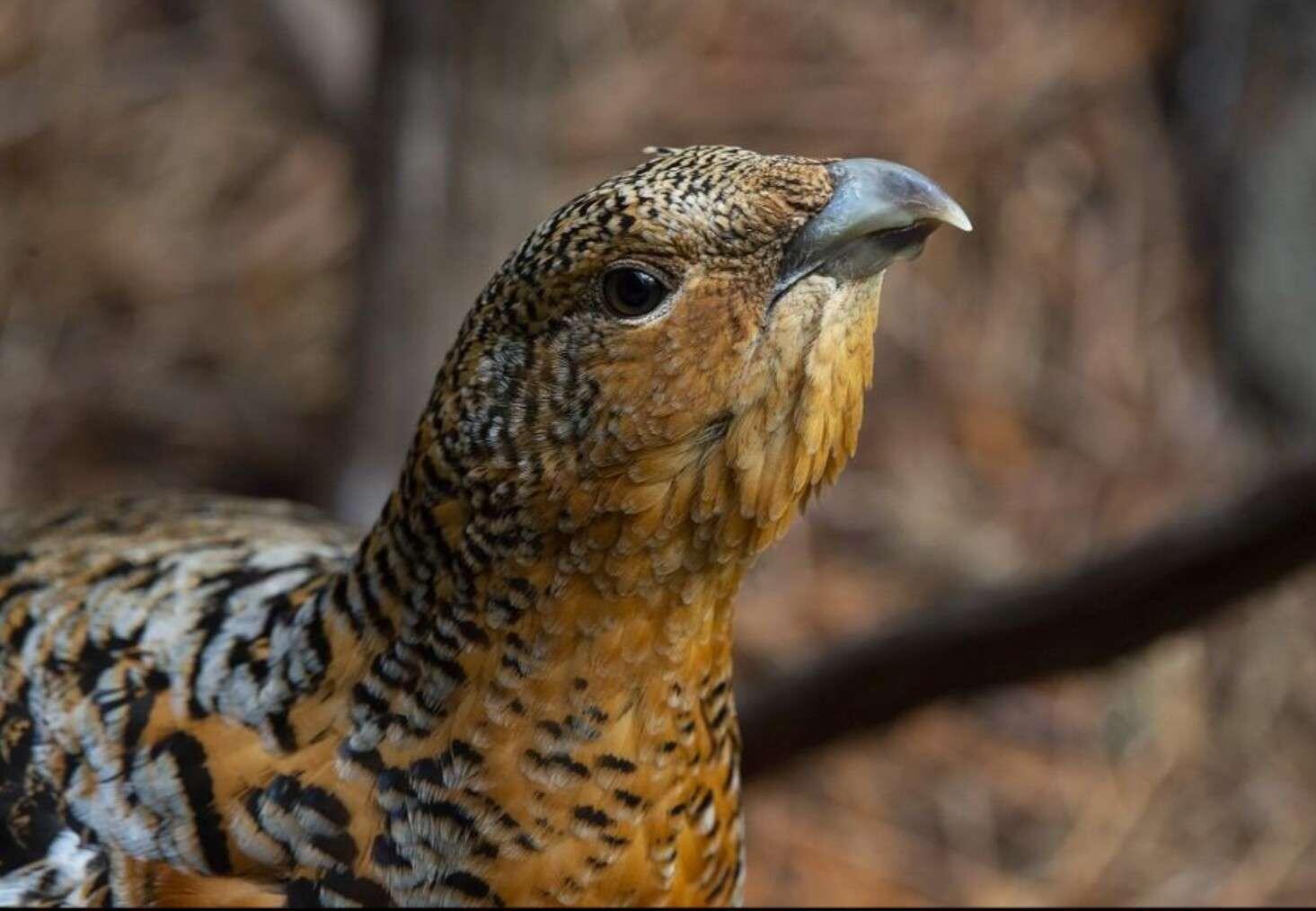#eggprogramming #roosterprogramming
1700g Laucke Gamebird Finisher
40g Flax Seeds
5g Hemp Seeds
15g Dehydrated Pilchards
10g Dehydrated Grass-Fed Beef Liver
15g Paprika
1.3g Dehydrated Durvillaea potatorum
19g Grass-Fed Butter
—> 22.2% Protein, 5% Fat.
Some old additions and rough doses were:
-- 9.53g Turmeric
-- 6.66g Dry Olive Leaves
-- 1.52g Onion Powder
-- 1.52g Cinnamon Powder
-- .953g Ginger Powder
I reckon I'll get into some literature regarding these in future notes as I consider reincorporating one, or all of them, and consider reconsidering appopriate doses.
#eggstr
quotingOkay, so I feed Bull Kelp (Durvillaea potatorum) to my birds.
nevent1q…xkq9
Why?
Mainly for iodine.
In recipes where I am not using commercial feed, the iodised salt that I add does not add enough iodine to hit the target dose for poultry, which is somewhere in the range of .5–3mg/kg of feed.
Sending .3% salt (of the total mix) only provides about .2mg/kg of feed.
It seems many still reference an old guideline from the 1994 National Research Council book "The Nutrient Requirements of Poultry", which puts iodine requirements at .3mg/kg of feed. Since then, there have been discussions of the NRC's values being too low in some instances for birds to really thrive.
When you think of iodine you are probably thinking thyroid and metabolism, which are appropriate things to think. But, we can further think about circulation, muscle function, neural function, immune function, reproductive function, maturation processes, and secondary skin structures (i.e., feathers!)
Indeed, some notice better feathering as the dose approaches 3mg/kg of feed.
When iodine is deficient we would expect to see immunodeficiency, metabolic disorder, and perturbed organ and reproductive development—you know, unwell birds.
Similarly, we can go too far in the opposite direction and inhibit egg production and even puberty when iodine provision is excessive, so it is not advisable to go overboard.
The Laucke Gamebird Finisher I am currently deploying in my commercial amendment recipe has iodine added. Do they provide the dose? No.
I suspect it is closer to .5mg/kg of feed.
The dose that vitec.com.au provide for adding Durvillea potatorum to poultry feed is 1%. They do not provide an iodine concentration for their product.
Instead of adding their recommended 18g, I have been adding 10g.
This below article puts the concentration of iodine in dry Bull Kelp at .25%, which is 25mg of iodine per 10g, which suggests a more ideal dose would 1.8g instead of 10g . . .
https://www.publish.csiro.au/mf/MF9720011
This other below article puts the concentration at about 7mg per gram, which would suggest .64g would be the ideal addition to my ~1.8kg mix . . .
https://link.springer.com/article/10.1007/s10811-023-03074-0
Have I been providing too much iodine?
Maybe.
The issue of hens going off the lay do not seem to come into effect at these doses. The below article indicates minimal effects below 100mg/kg of feed and they reference an article involving turkeys being unaffected regarding laying below 35mg/kg.

https://www.cambridge.org/core/journals/british-journal-of-nutrition/article/responses-of-domestic-fowl-to-excess-iodine-a-review/889949FF7F31FB4FE9D064C29E00A92C
However, they do indicate that embryonic mortality and hatchability of fertile egg are considerably affected at the dose I am currently providing (~13.88mg/kg of feed).

Page 35 of this paper is particularly interesting regarding programming the ideal amount of iodine into the yolks. Krouoova et al. (1999) suggest 3.5mg/kg if feed is ideal, whilst Ishikawa and Kamimae (1980) suggest 150mg/kg.
Fascinating iodine discussion here for sure.
Will I be reducing my current feed's iodine concentration to below 3.5mg/kg so that none of my crew are sexually retarded?
Yes.
I will also send Laucke and Vitec some enquiring emails me thinks.
Anyhoo, here is a pic of Lloyd Floss harvesting some Bull Kelp.

nevent1q…528h
#nutrients #iodinestr #birdstr #quailstr #bullkelpstr
